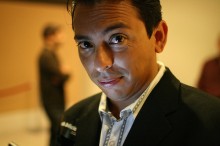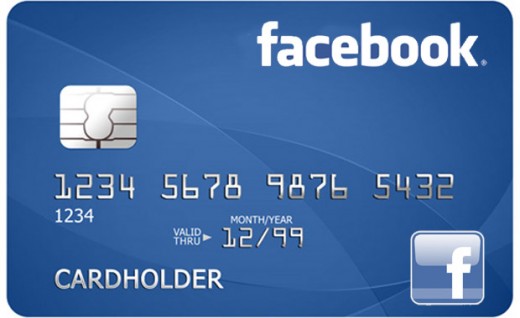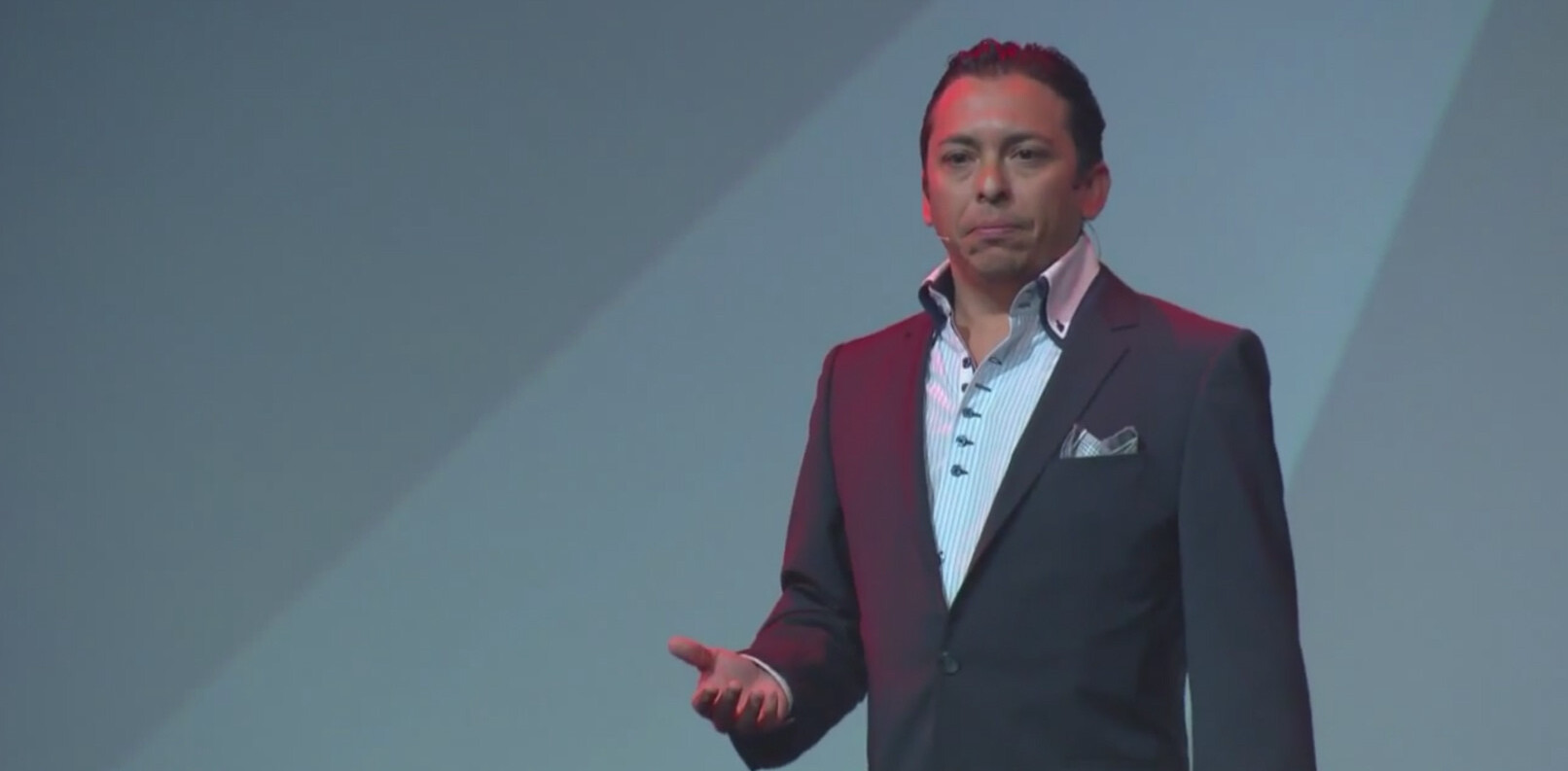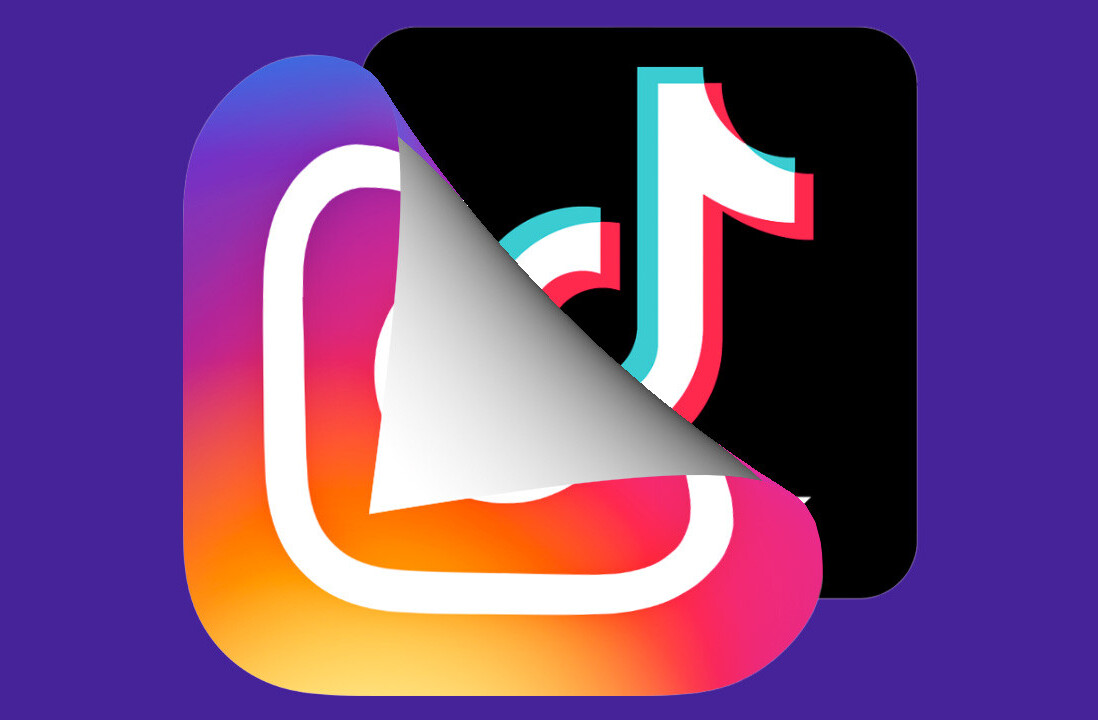
Brian Solis is in his car, driving towards San Francisco for Ad:Tech. I imagine he’s in a red convertible Prius (that he brought back from the future) with his hair slicked back, driving up the PCH. He laughs, and tells me I can keep that image if I’d like.
Tomorrow, Solis will officially announce the re-release of his book Engage! which was first released in March 2010 and features an introduction by Ashton Kutcher. While the book wasn’t outdated, he cut approximately 35,000 words, 40 sections and adds to areas of focus, resulting in a highly targeted resource for busy executives and business owners in the era of “digital Darwinism”. TNW catches up with the author over the AT&T network, and shockingly the call was never dropped.
CBM: What drew you to digital media in the first place?
 Brian Solis: It started in the 90s when I was working in marketing. It was clear that digital was going to have a huge impact on business and marketing strategies. New landscapes were being created. I was working for a big Japanese brand that was breaking into the U.S. market with digital cameras when film was still the most popular choice. For the first time, I was engaging in the world of forums, communities, message boards, seeing the first glimpse of blogs and I realized that as a classical marketer looking into digital world, I was ill prepared.
Brian Solis: It started in the 90s when I was working in marketing. It was clear that digital was going to have a huge impact on business and marketing strategies. New landscapes were being created. I was working for a big Japanese brand that was breaking into the U.S. market with digital cameras when film was still the most popular choice. For the first time, I was engaging in the world of forums, communities, message boards, seeing the first glimpse of blogs and I realized that as a classical marketer looking into digital world, I was ill prepared.
CBM: What is “PR 2.0”? (A phrase Solis coined)
BS: It is less about PR and more about the true definition of public relations, the idea that PR 2.0 is about being part of a community, helping people make decisions, to find information and to experience positive things. It’s about taking a step away from marketing, messaging and learning how to interact more within these digital societies.
CBM: Define digital Darwinism?
BS: Digital Darwinism is the evolution of consumer behavior when society and technology evolve faster than you.

CBM: Does cutting your book say something about our dwindling attention spans?
BS: First, let me say that I don’t know that I’ve ever done anything that you’re supposed to. To this day, I have blog posts and YouTubes that are chastised for being too long. It was less about worrying about people’s attention span and more about trying to revise the flow of how I wanted people to experience the book. It wound up being shorter but I introduced new topics to improve that experience and add more value.
CBM: Is it getting harder to write informative books (particularly in print) in the age of realtime?
BS: When I was writing Engage! it was incredibly arduous for me to get cover to cover knowing it’s not a realtime product. That challenged me to think about the value of a book in this world. I realized that it was less about moving and reacting to the realtime nature of technology and stepping back to understand the roots causes of those trends so you can design strategies and business methodologies around them. The true purpose in all of this is to be the one driving those movements.
CBM: The new version introduces four new sections, including how social media takes a human touch. What are the best ways to be a human in social media?
 BS: First, it’s understanding what that even means. We see fashion businesses trying to be human and the brand ends up taking the voice and the personality of a 16-year-old girl. Companies have spent all this time and money creating style guides and it’s so important they don’t forget that guidance in social media. Social media is rich in emotion and relationship so make sure your brand’s voice is your best portrayal. Then ask yourself, how do you think like a customer? How do you become the person that you’re trying to reach? How do you turn a Like into Love? And how do you get people to keep coming back?
BS: First, it’s understanding what that even means. We see fashion businesses trying to be human and the brand ends up taking the voice and the personality of a 16-year-old girl. Companies have spent all this time and money creating style guides and it’s so important they don’t forget that guidance in social media. Social media is rich in emotion and relationship so make sure your brand’s voice is your best portrayal. Then ask yourself, how do you think like a customer? How do you become the person that you’re trying to reach? How do you turn a Like into Love? And how do you get people to keep coming back?
(See TNW’s 7 tips to keep it human in social media.)
CBM: Your book talks about the rise of “unmarketing”– How do you define unmarketing?
BS: Unmarketing is something that goes back to The ClueTrain Manifesto, which many regard as the beginning; it is a book that marked this new era of consumerism. Unmarketing is the ability to market without being a marketer. Zappos is a great example because it’s a company that markets itself through great customer service, great product delivery and purchase experiences.
How sad is the state of our economy when good customer service becomes a competitive advantage?
CBM: Let’s talk about Facebook commerce. Will Facebook become the world’s biggest bank?
BS: People are making decisions on Facebook and brands think that people want information. People want discounts and the ability to purchase. But brands don’t think that, there’s a big disconnect. Brands need to design better customer experiences around Facebook.
This is not unlike the days of e-commerce when everyone was freaking out about financial information living online. Is Facebook the right home for it? Well, it’s home to 700 million people. Facebook credits can be bought at the supermarket and it’s likely only a matter of time before you can use them to buy real products in the future. Yes, there will be a bank of Facebook and there will be value around it. It’s just one of the many ways people will share money, spend money and make money in the future.

(See TNW’s story on Why Facebook could become the world’s biggest bank.)
CBM: And the question that brings it all together! How do you measure ROI and success in social media?
BS: Measuring your ROI in social media looks a lot less like friends, fans and followers. How many impressions are we getting, how many people like or love us? Yes, those are important, but they are soft metrics. We know what the “I” is- it’s time, resources, investment, creative energies and opportunity costs. But what is the “R”?
It’s more an understanding of what you’re setting up to accomplish. How well does your sales strategy work? What’s the conversion ratio? What’s the positive or negative sentiment out there and how can we shift that? We need to address ROI where it has real tangible values in the organization: sales, product and service development.
CBM: It’s productivity week here at The Next Web and since you’ve just finished 2 books in 2 years and are nailing an interview on your way to a conference, how do you stay productive?
BS: We live in a real time world where people are addicted to and reliant on realtime tech. Living in that world and having to write is very difficult. I found the need to just turn off. It’s very difficult to dedicate time to write and research without distractions. So UNPLUG or else you’ll loose your flow, you’ll loose your momentum. And never take the easy way out.
***
Solis has just finished writing his next book, which comes out this fall, around the same time he believes (and hopes) the iPhone 5 will hit market. To learn more about Brian Solis, visit his website or follow him on Twitter @BrianSolis.
Get the TNW newsletter
Get the most important tech news in your inbox each week.


![Brian Solis on his new book, The End of Business as Usual [Interview]](https://img-cdn.tnwcdn.com/image?fit=1167%2C765&url=https%3A%2F%2Fcdn0.tnwcdn.com%2Fwp-content%2Fblogs.dir%2F1%2Ffiles%2F2011%2F10%2FScreen-Shot-2011-10-18-at-11.24.24-AM.png&signature=d8f75652a72228be51058ae150bc44b6)


